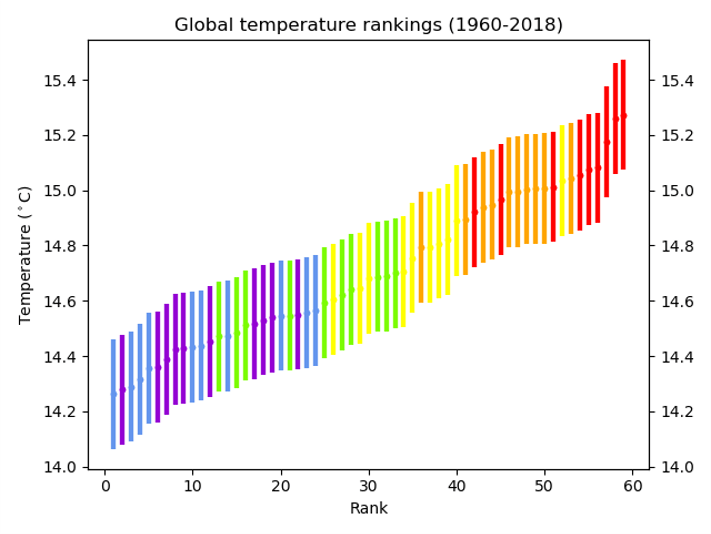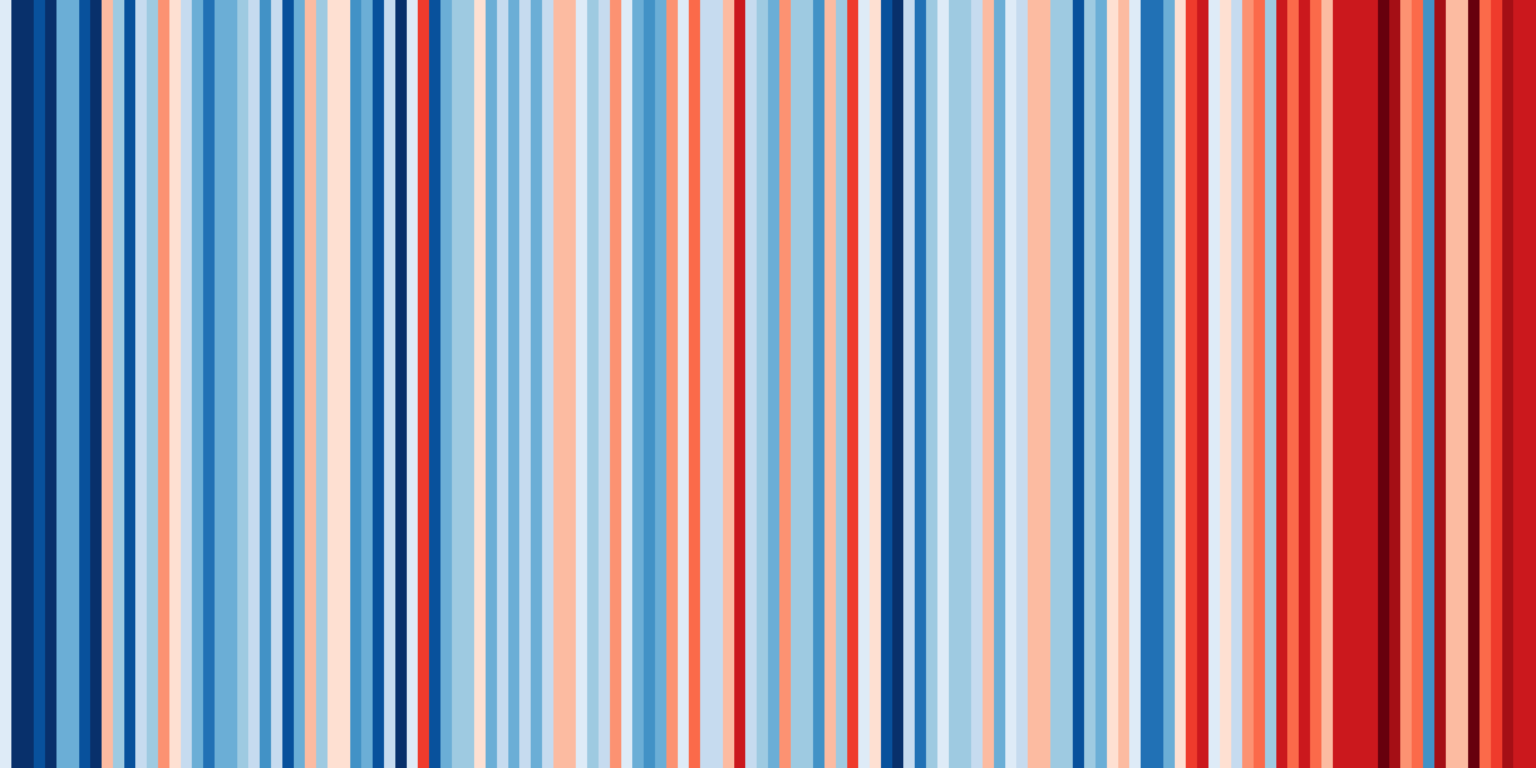Sunshine is essential for life on our planet. The existence of all plants, animals and life on land and sea depends on the Sun. The movement of the atmosphere and the oceans are powered by the Sun.
Without sunlight plants would not grow and crops would not ripen.
Sunlight in moderation is good for us; it helps us to maintain the balance of vitamins in our bodies and can help us to generate power through the use of solar panels.
Many people do not like damp and cloudy weather and the darkness of winter can contribute to seasonal affective disorder.
Black surfaces become hotter than white surfaces in sunlight, so buildings in sunny places tend to be painted white to keep them cooler, and people wear white clothes to keep cool.
The UV index
Weather forecasters in the UK use the UV (ultra-violet index) to warn about the strength of the radiation from the Sun. The index depends on two factors; the position of the Sun in the sky and the amount of cloud cover. In the UK a scale of 1 to 10 is provided for the index, combined with risk categories, which basically tell you how harmful the Sun is going to be to humans. The Sun can burn our skin and hurt our eyes if we look at it directly.
LOW= Sun will not prove harmful.
MEDIUM= Sun is not dangerous but you should not expose bare skin to the skin for over 1-2 hours
HIGH= the Sun is dangerous and you could burn in 30-60 minutes
VERY HIGH= the Sun is very dangerous and you could burn in 20-30 minutes
In addition to all of these the Sun can cause overheating and dehydration.





